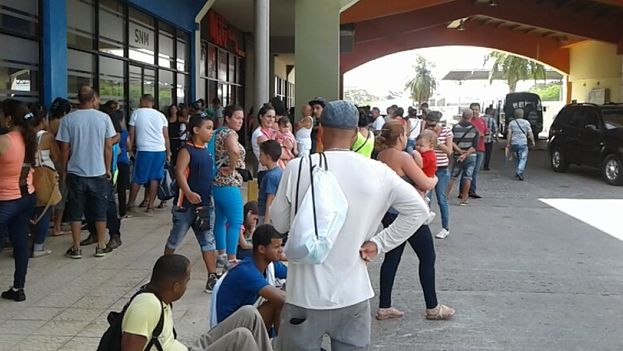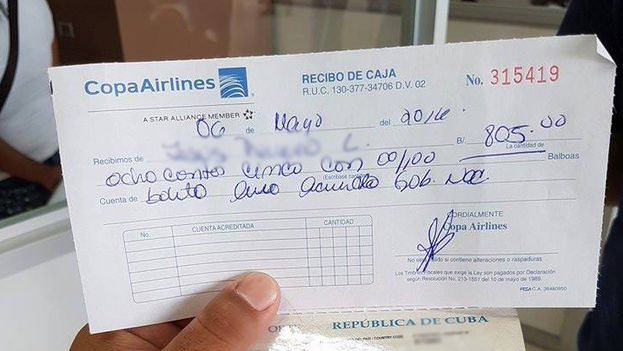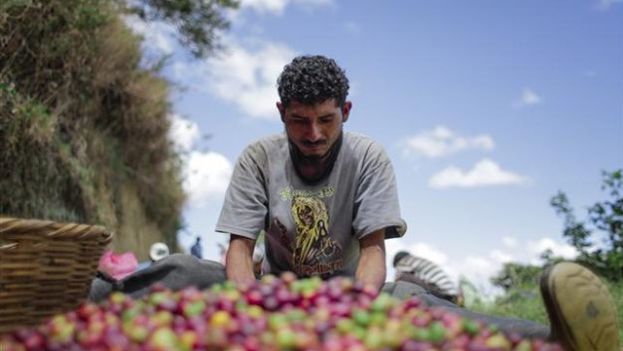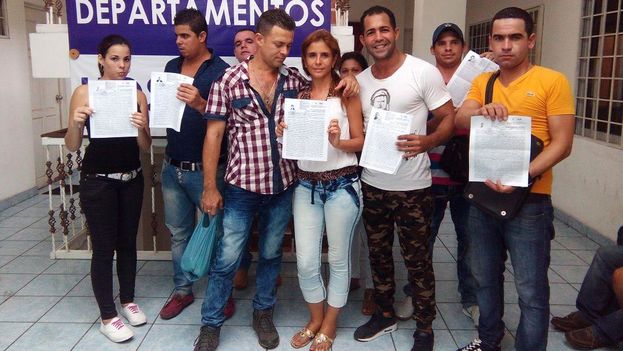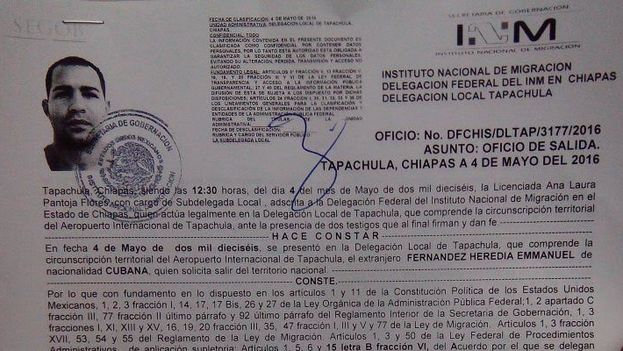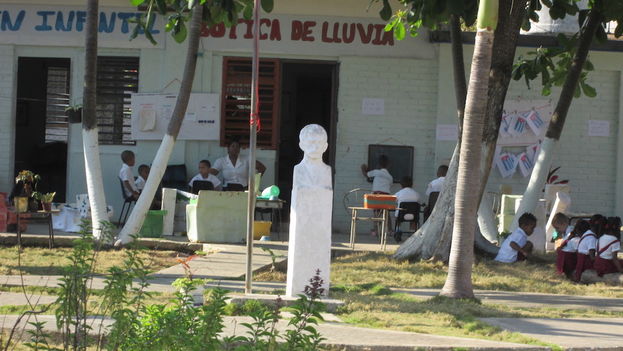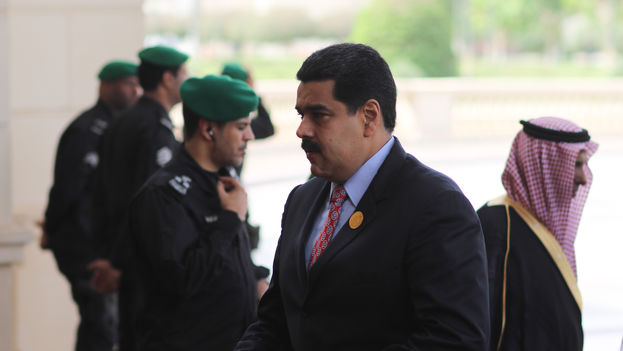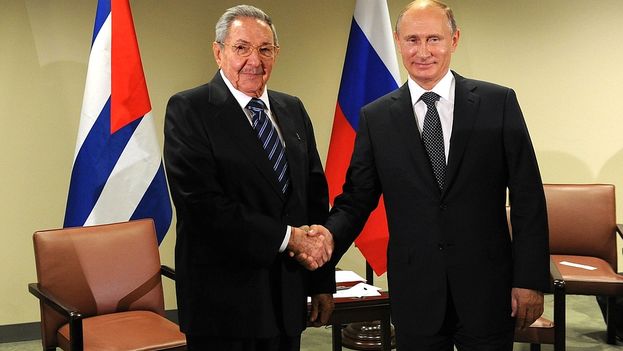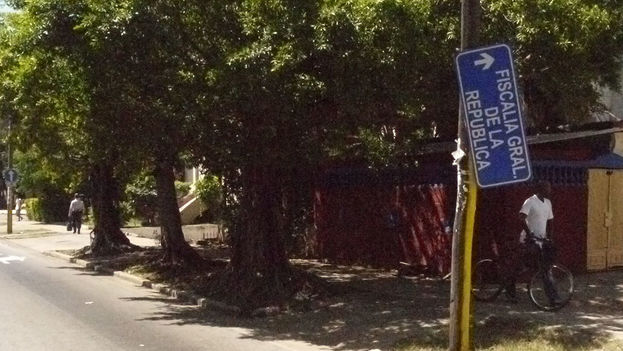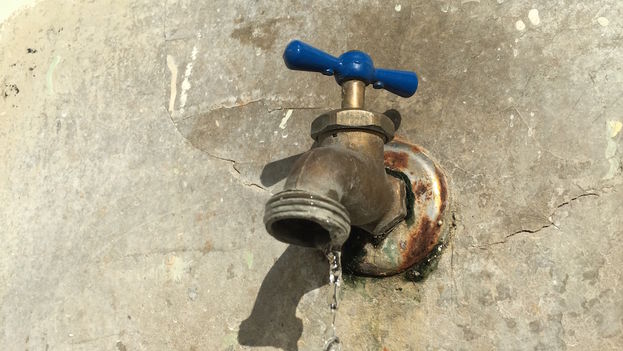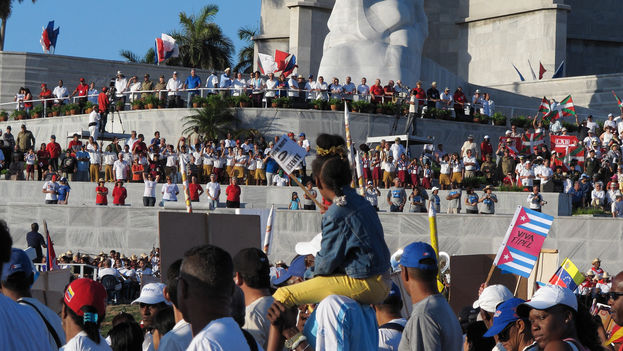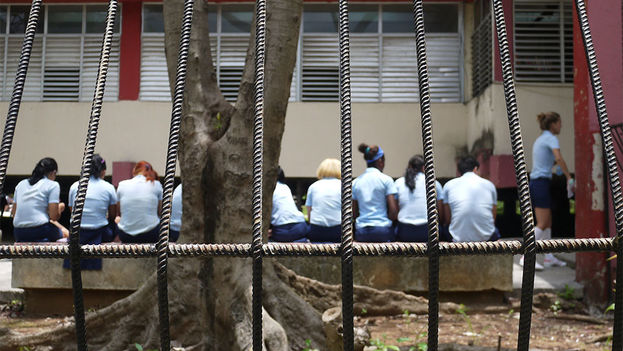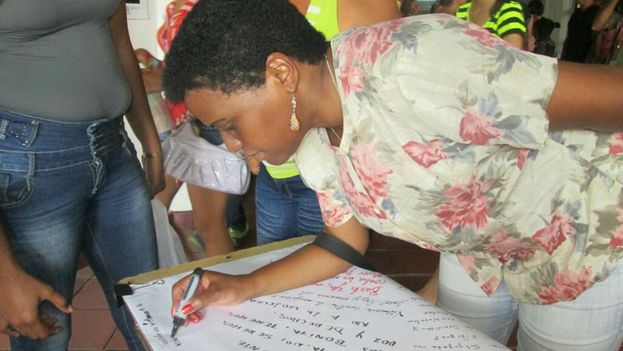The Government proposed to reverse this situation at the 55th anniversary of the founding of children’s day care centers. To achieve this, it not only seeks to significantly expand the capacity, but also totally renovate many of the sites and raise the quality of staff training working in such a sensitive sector.
continue reading
At the end of 2014, 1,078 private kindergarten were running under state control with an enrollment of 139,878 children. As of the middle of last year, at least 49,000 families who had applied for an opening at one of these centers still had not gotten a response, according to insight provided by the National Director of Preschool Education for the Ministry of Education, Maria de los Angeles Gallo Sanchez.
The official, however, said that each year the enrollment for day care centers increases with more than 2,000 openings, although she acknowledged that there is insufficient growth to meet demand in the country. Various specialists consulted by this newspaper believe that issue is also one cause of the country’s low birth rate.
In 1978, the global rate of fertility in Cuba fell below the 2.1 children per woman and in 2012 reached a worrying rate of 1.69, a figure that it threatens to turn Cuba into the ninth most aged country in the world. But even that fall in the birth rate has not eased the problems for families seeking to access a place in the day care centers.
In order to be enrolled at this level of education, a child needs as an indispensable requirement that her mother is actively working. However, complying with that requirement does not guarantee a space. Municipal commissions charged with allocating spaces analyze each case and grant the opening in correspondence with the demand for economic and social development of the territory.
Once the opening is obtained, the family must pay an almost symbolic monthly fee for the service, which in the case of very low-income households may be practically null.
Carmen, the electric company worker, is one of the cases of mothers who have not yet succeeded in getting access for her daughter to one of these state-own centers. “I filled out the application when the baby girl was six months old, so that she would be able walk, feed herself, and say a few words at the time of admission, but so far I have not received a response.”
With a salary that barely exceeds 500 Cuban pesos a month (about $20 US), Carmen is thinking of opting for a place at a private house dedicated to the care of infants. It would be a significant economic sacrifice but she says she will feel “more calm” because “there are many well-prepared people that have left the State sector because of poor conditions and have built their own child care businesses.”
At the end of June 2015 there were 1,726 people devoted to work as “child care assistants” in the non-state sector in the country, and 34% of them are in Havana. They range from more modest places, like that of Juana Núñez, a retired teacher who has opened one of these private day care centers in her home.
“I’m retired and now I care for 12 children,” comments the lady, who lives in Arroyo Naranjo. “Here I teach them how to walk, talk, eat alone, in addition to the basic school subjects for their age,” she explains while showing some books with illustrations, learning games and colored crayons she has for the children to use.
The monthly fee for hiring the Juana’s services is a 20 convertible pesos ($20 US), the monthly salary of a professional. Despite the high price, the caretaker says that she does not have enough room to respond to the high demand. “Sometimes parents arrive and assure me that they can pay more, but I have no space,” says the educator.
The more expensive places are also almost full. A private kindergarten under the direction of Cárdenas Yaquelin is located on the central 23rd street in Havana. On-site employees have degrees in their respective specialties and give courses in language, theatre, and other skills. In addition to that they are proud of their nursing services.
The place is divided into three rooms according to the age. “Each area can have up to 10 to 12 children with their caretaker and their assistant. The infant room is air-conditioned and has an educator with 3 certified nannies. We take infants from their first month,” details Cardenas.
The prices for a service like that can reach up to 80 convertible pesos a month, according to the service agreement, which may include lunch, snacks, uniforms and transportation.
However, Cardenas is not accepting new candidates until she does some renovation to expand the place. “The only thing I am hoping for is that after the end of my investment there will be a baby boom and clients will come in abundance,” she speculates. But in the Cuban case, the stork seems to be unreliable. The most popular nest–the State-owned day care centers–lack the space and conditions to respond to an eventual increase in births.
Translated by Alberto



